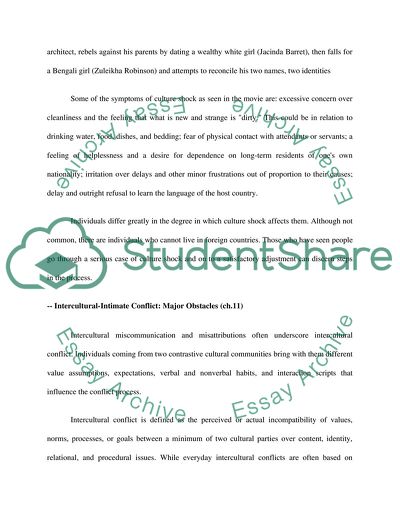Cite this document
(“Understanding Culture Shock Essay Example | Topics and Well Written Essays - 1750 words”, n.d.)
Understanding Culture Shock Essay Example | Topics and Well Written Essays - 1750 words. Retrieved from https://studentshare.org/culture/1545164-intercultural-communicationessay
Understanding Culture Shock Essay Example | Topics and Well Written Essays - 1750 words. Retrieved from https://studentshare.org/culture/1545164-intercultural-communicationessay
(Understanding Culture Shock Essay Example | Topics and Well Written Essays - 1750 Words)
Understanding Culture Shock Essay Example | Topics and Well Written Essays - 1750 Words. https://studentshare.org/culture/1545164-intercultural-communicationessay.
Understanding Culture Shock Essay Example | Topics and Well Written Essays - 1750 Words. https://studentshare.org/culture/1545164-intercultural-communicationessay.
“Understanding Culture Shock Essay Example | Topics and Well Written Essays - 1750 Words”, n.d. https://studentshare.org/culture/1545164-intercultural-communicationessay.


